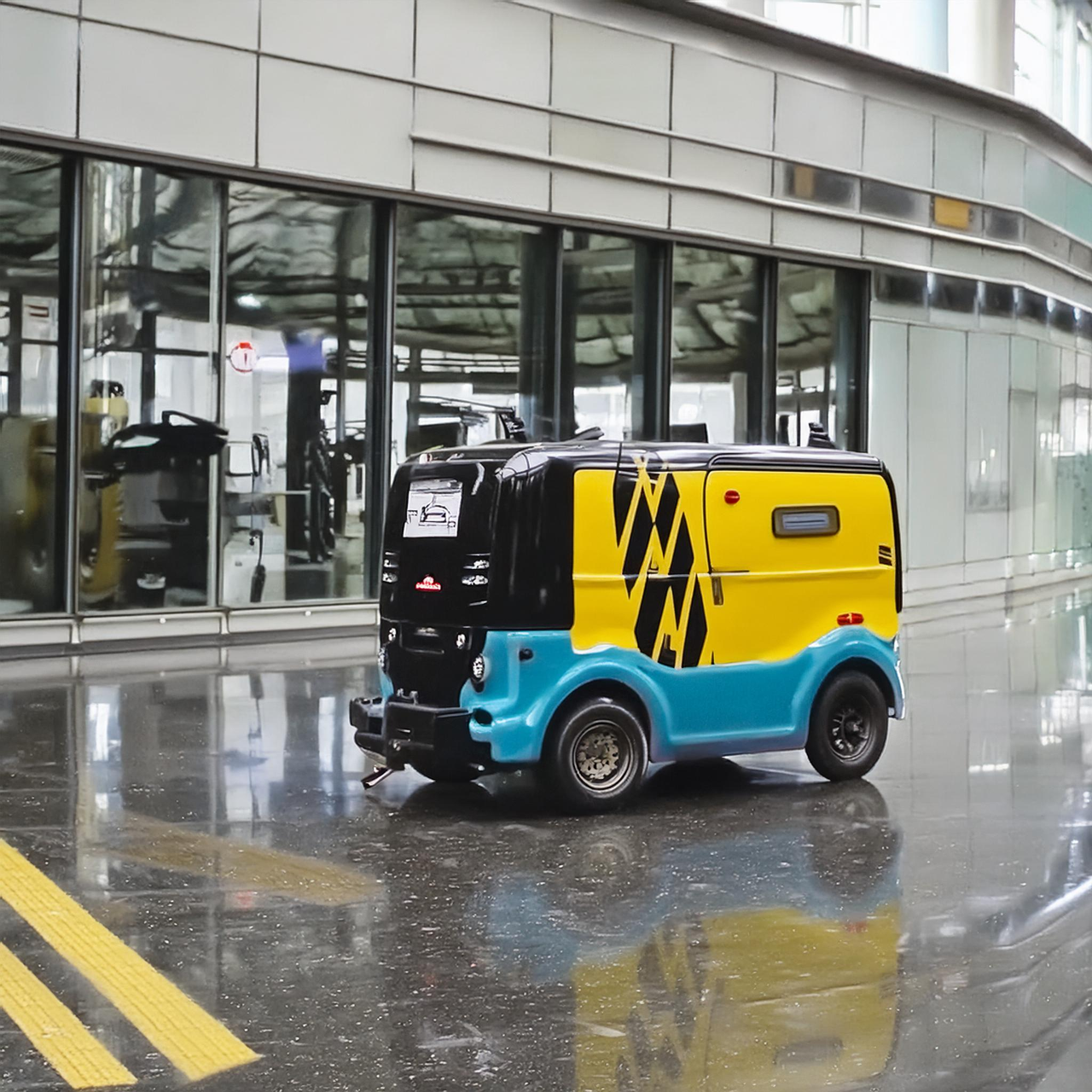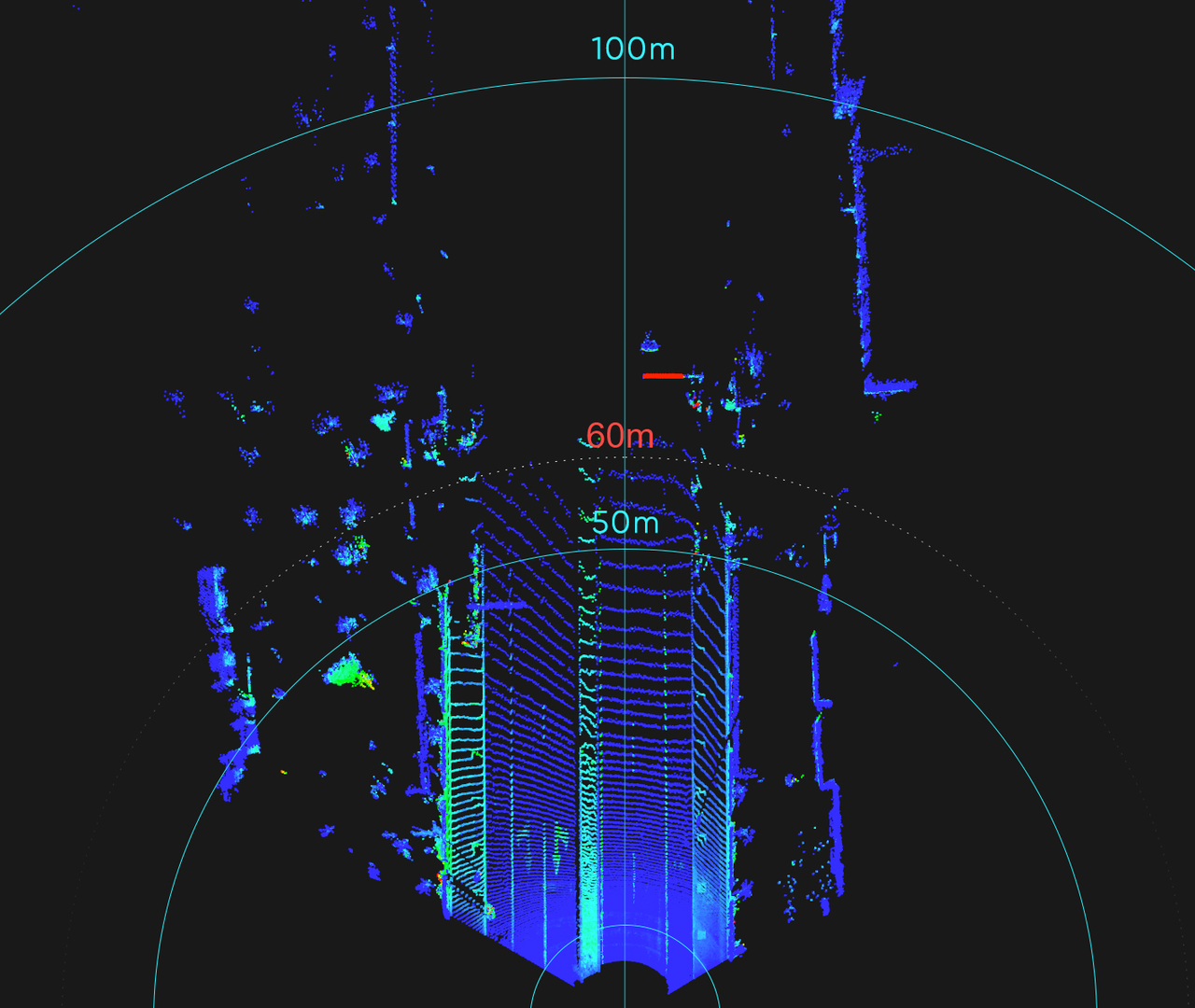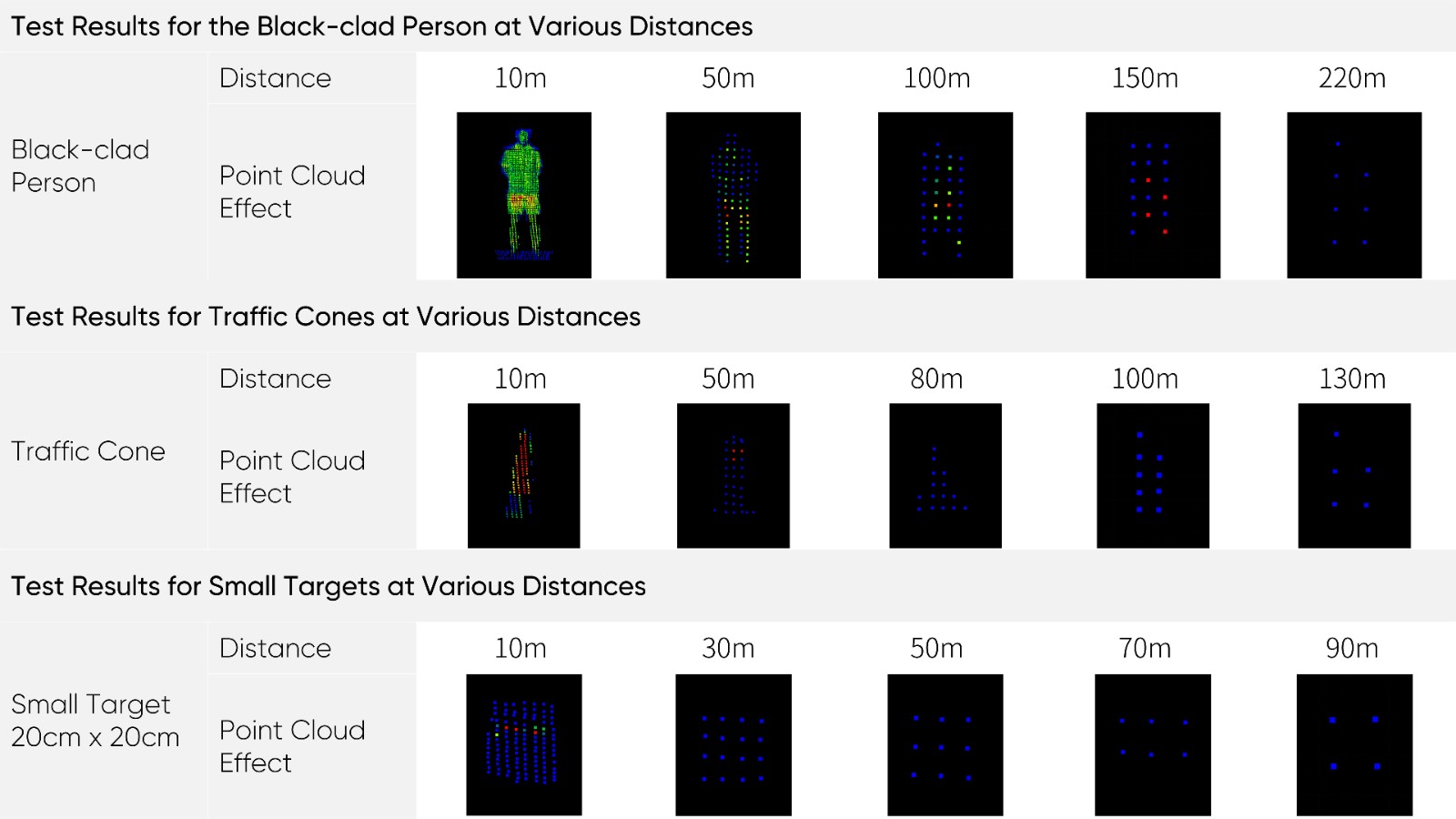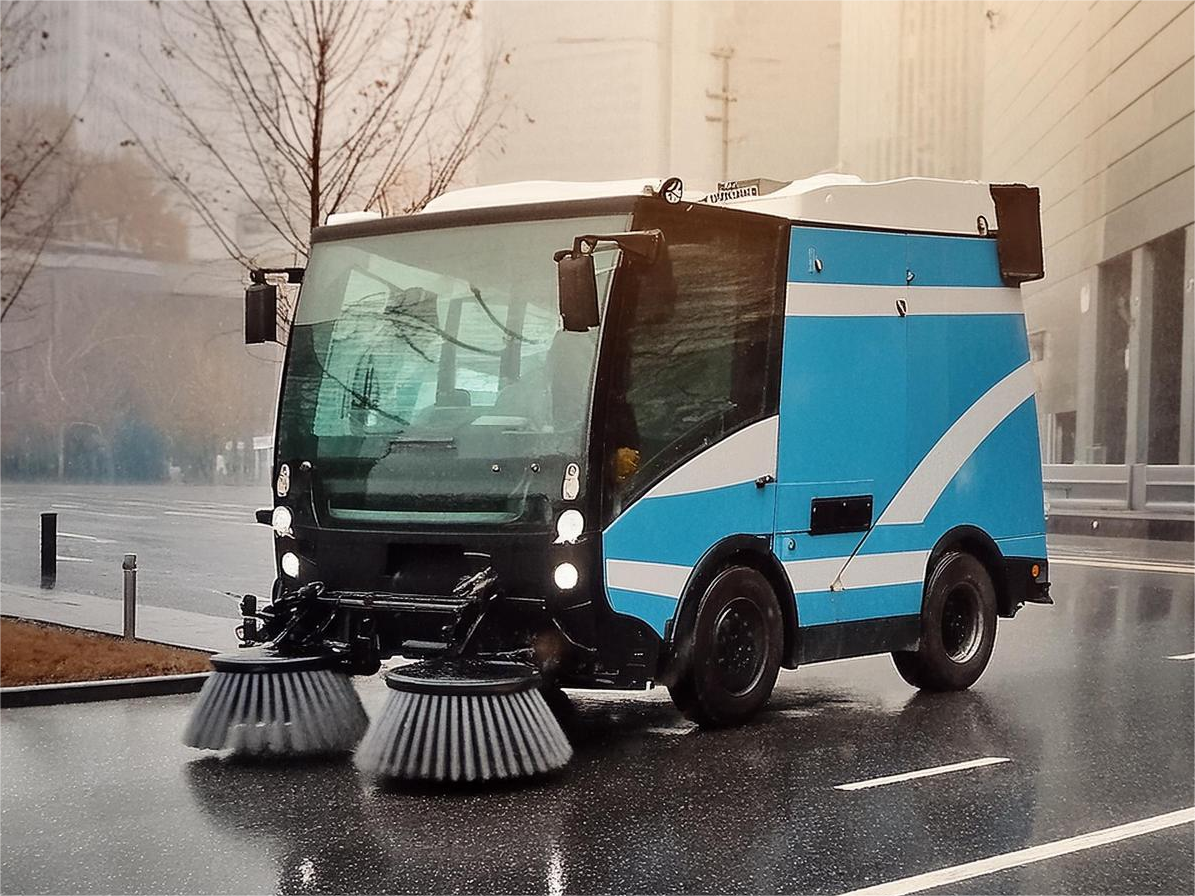Long Distance Series Product Model

With the advancement of technologies, such as artificial intelligence, the IOT (Internet of Things), autonomous driving and intelligent unmanned vehicles, their popularity is continually increasing in areas of special transportation, including logistics, environmental sanitation, targeted disinfection and other applications. However, using them in low-speed traffic scenarios is also challenging because of the complexity of traffic scenes like dense crowds and cars, cyclists weaving through traffic.
Benewake's high-performance 3D LiDAR grants the title of 'the eyes of wisdom' to the realm of intelligent unmanned vehicles. It boasts point cloud characteristics that are conducive to algorithmic processing, enabling intelligent unmanned vehicles to swiftly and precisely perceive their surrounding environment and operate efficiently. This adeptness in handling diverse complex traffic scenarios provides safety assurance for both personnel and the vehicles themselves.
|
|
| ||
Ultra-High Resolution 256 lines, capable of detecting ground lines and lane lines at ≥60m | Ultra-High Resolution 0.1° * 0.1°, complete and clear real-time perception of various surrounding targets | Centimeter-Level Detection Accuracy Ultra-fine capture of target feedback data | ||
|
|
| ||
Passed over 50 tests including lifespan, environmental, and EMC |
Focused monitoring of key areas |
24/7-hour operation, unaffected by day, night, or harsh environments |
The unmanned delivery vehicles, as a novel solution for last-mile delivery, face numerous challenges in real-world environments. Their ability to navigate complex paths and handle intricate scenarios like dense crowds, intersecting traffic, narrow alleys, and uneven road surfaces is crucial. If these vehicles fail to adequately perceive their surroundings, it could indeed lead to property damage, and even pose a threat to personal safety.

Last-Mile Unmanned Delivery
Benewake's high-performance 3D LiDAR features a 256 lines with 0.1° * 0.1° high resolution, meeting various automotive-grade requirements. The ability to identify lane lines, ground lines, and curbs with detection ranges exceeding 60 meters, along with the clear imaging of objects like pedestrians, traffic cones, and even small 20cm x 20cm objects, ensures that unmanned delivery vehicles have a comprehensive understanding of their environment. This prevents them from entering potholes or dangerous areas, greatly enhancing safety.

Detection Capability for Ground Lines, Lane Lines, and Curbs over 60 Meters
The range and stability of Benewake's LiDAR in static scenarios are truly impressive. The ability to detect pedestrians (even those wearing black) with a stable 7 points at 220 meters, traffic cones with a stable 5 points at 130 meters, and small objects (20cm x 20cm) with a stable 4 points at 90 meters is a significant advancement in object detection technology. This powerful detection capability allows unmanned delivery vehicles to detect potential dangers earlier and more stably. The earlier detection provides sufficient computation time for systems and algorithms to analyze the situation and plan appropriate responses.

These are Internal Test Results, and the Specific Test Outcomes May Vary Depending on the Testing Environment
Unmanned sanitation vehicles, incorporating advanced artificial intelligence technologies like machine vision and precise positioning, represent a leading-edge solution for environmental cleaning. Experts predict that the national market for these vehicles is expected to exceed 300 billion yuan by 2025. Beyond the typical challenges of navigating complex scenarios, road conditions, and varying environments faced by autonomous vehicles, the cleaning functionality of these vehicles demands robust sensors capable of enduring exposure to environmental pollution and dirt.
Benewake's high-performance 3D LiDAR not only meets rigorous automotive-grade requirements but also excels in basic autonomous driving scenarios. After successfully enduring a comprehensive suite of 53 reliability tests, encompassing lifespan, environmental adaptability, and electrical EMC, It possesses outstanding dirt sensing abilities and maintains consistent performance in all weather conditions, regardless of weather conditions. This makes Benewake LiDAR an ideal choice for unmanned sanitation vehicles, to ensure them to effortlessly navigate complex environments and efficiently perform cleaning tasks in dirty and harsh conditions.

Unmanned Sanitation Vehicles

